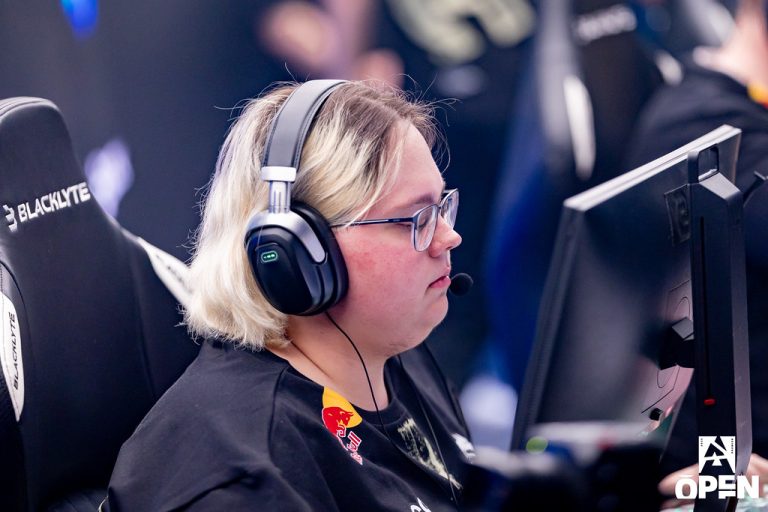

Cheating in Counter-Strike 2 (CS2) is one of the biggest problems facing the community in 2025. From blatant wallhacks and aimbots to subtle smurfing and account boosting, CS2 hackers continue to ruin matches and frustrate legitimate players. Despite Valve’s constant updates and improvements to VAC, cheating remains a daily issue for many — especially for accounts with a low Trust Factor.
In this guide, we take an in-depth look at the CS2 cheating problem in 2025. You’ll learn about the most common hacks, how to spot a cheater, what platforms like FACEIT are doing differently, and whether Valve’s anti-cheat systems are enough to keep games fair.
One of the most important updates came with VAC Live 2025, Valve’s real-time detection system. This technology allows the game to catch cheaters mid-match instead of days later. We covered its launch and impact in detail here: CS2 Anti-Cheat Revolution – VAC Live Strikes Down the Untouchable.
Most Popular CS2 Hacks in 2025
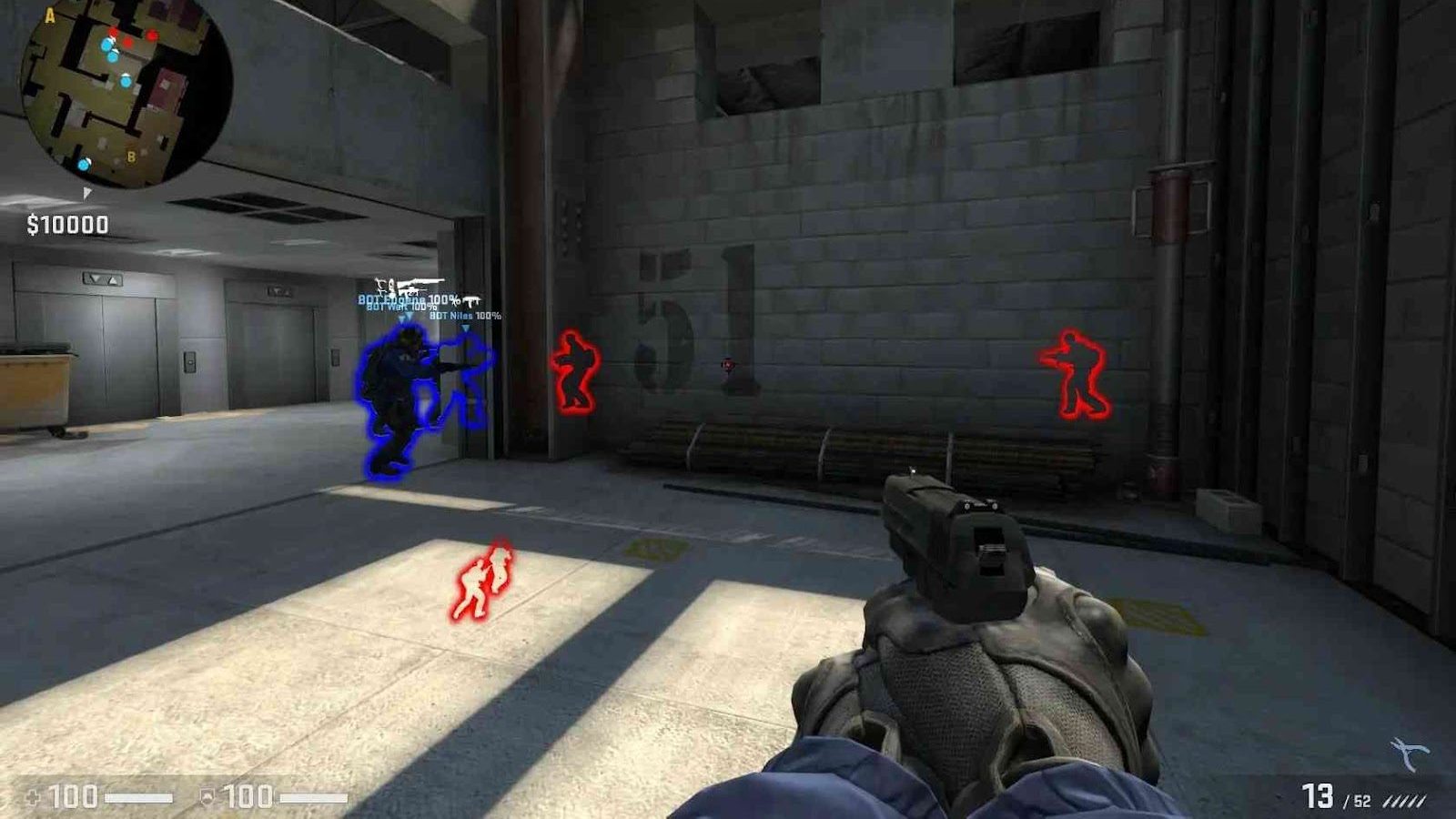
Cheating in CS2 typically falls into two categories:
- Casual cheaters – Players who cheat “for fun,” using hacks to dominate opponents unfairly.
- Boosting cheaters – Players who use cheats to climb ranks artificially, then sell their high-level accounts for real money.
On the CS2 leaderboards, you may notice some accounts missing — these are often flagged by Valve as suspicious, especially when they show unrealistic stats such as a 100% win rate.
Most Common CS2 Hacks
- Wallhack (WH) – Allows cheaters to see enemies through walls.
- Aimbot – Automatically locks onto opponents’ heads for instant kills.
- ESP (Extra Sensory Perception) – Displays enemy health, armor, weapons, and positions (often combined with glow effects).
- Miscellaneous cheats – Features like auto-stop, auto-crouch, no-scope sway, and flash removal.
- “Rage” hacks – Extreme cheat mode that wipes entire teams instantly. Once common in CS:GO, this style is less frequent in CS2 due to stricter detection.
Some cheaters also abuse 5-stack lobbies, where even eliminated cheaters can relay information to teammates, giving the whole team an unfair advantage.
The Scale of the Problem
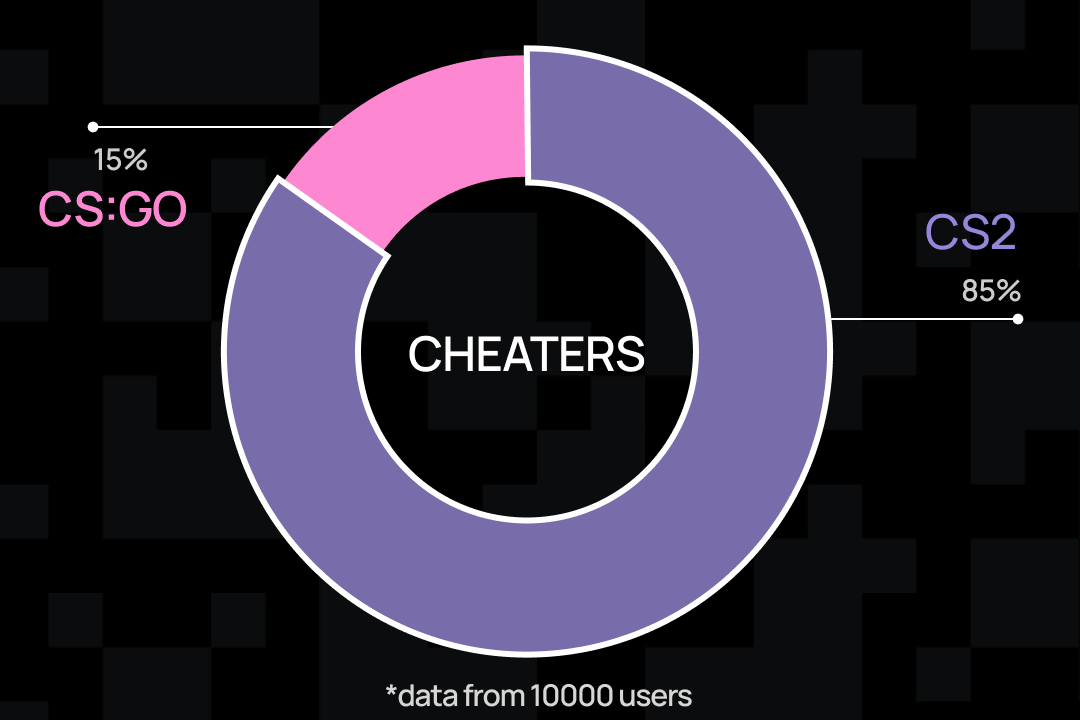
Cheating in CS2 isn’t just an occasional annoyance — it’s a widespread issue affecting players across all skill levels. With around 1 million players online daily (Steam Charts), even a small percentage of cheaters can disrupt thousands of matches.
The Xplay.gg team conducted a poll to determine whether CS2 has more cheaters than CS:GO. The results (not included here) reportedly suggest that CS2 has a growing cheating issue.
See Valve’s official VAC support page for more on how bans are issued.
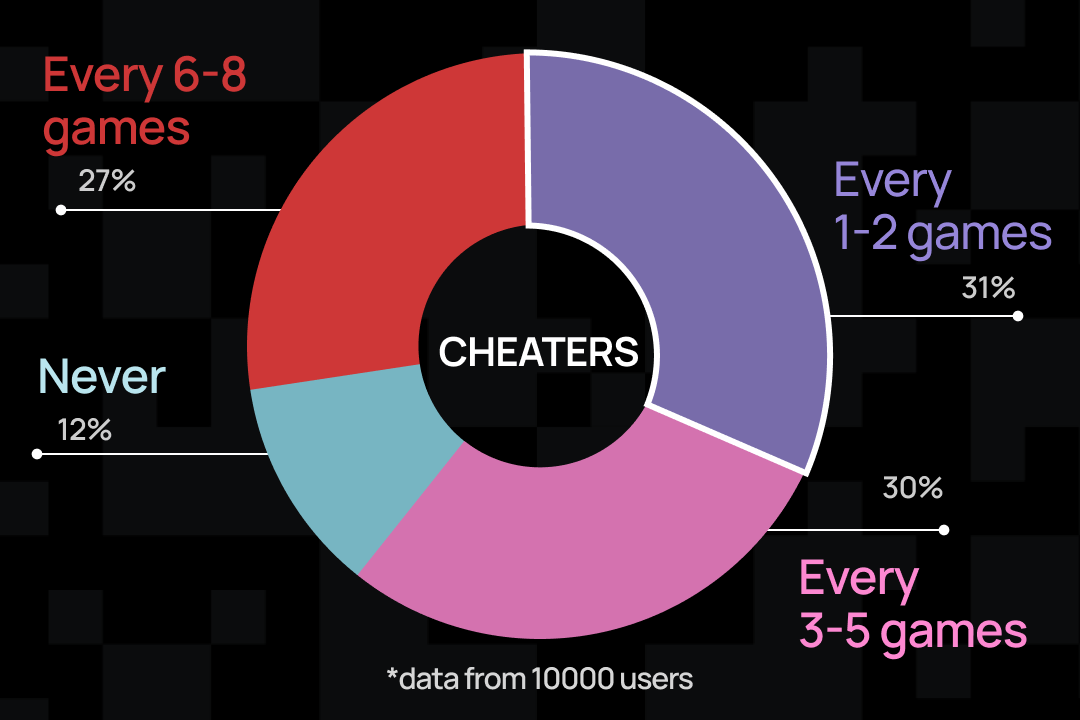
Encountering a cheater on the opposing team can ruin a player’s game experience and result in wasted time. As the cheater’s team is likely to win the match, it spoils the game’s vibe and leaves players with negative emotions. For many players who can only afford to play 1-2 games daily, facing a cheater is undesirable.
How to Spot a Cheater
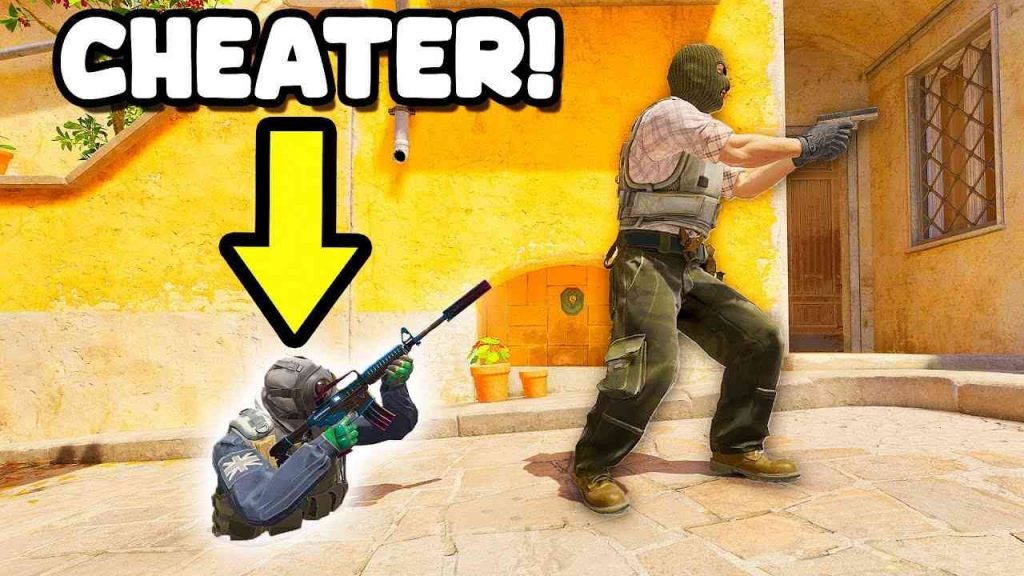
Detecting cheaters in Counter-Strike 2 can be tricky. Not every suspicious play is caused by hacking — sometimes, you might just be up against a highly skilled player or a smurf (an experienced player using a lower-ranked account). Still, there are reliable ways to check if someone is abusing cheats.
Tools to Detect and Report Suspicious Players
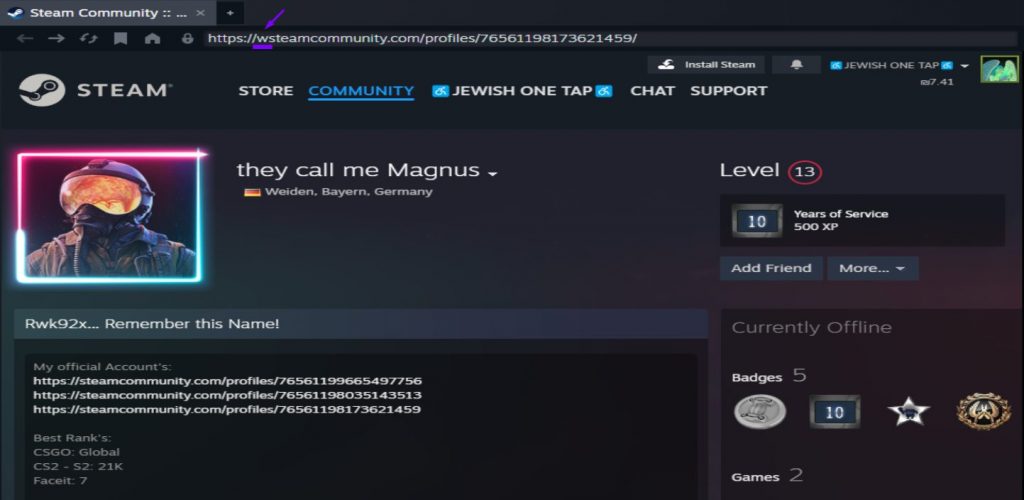
Beyond Valve’s own reporting system, two third-party platforms stand out for identifying potential cheaters: CSWatch and Leetify. Both services analyze player statistics and community reports outside the Steam platform.
- Press Shift + Tab in-game to open the Steam overlay.
- Copy the player’s profile URL.
- Add “w” before the link and paste it into your browser.
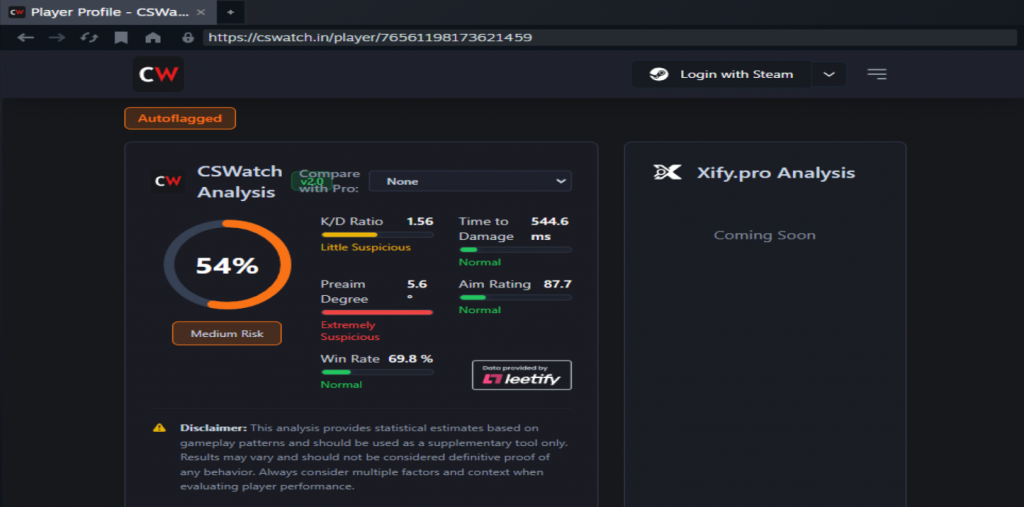
- You’ll be redirected to CSWatch, where you can review that account’s stats and suspicious activity.
- If necessary, log in with Steam on CSWatch or Leetify and submit a report.
These platforms are especially useful if you suspect repeated cheaters in Premier or Competitive matchmaking. Keep in mind: if you perform very well in a match, other players may falsely report you. Enough reports can lower your Trust Factor, which unfortunately increases the chance of being matched with actual cheaters.
Smurfs vs. Real Cheaters
Not every “suspicious” opponent is a hacker. Many are smurfs — players with high-ranked main accounts who use alternate ones to:
- Play casually with friends.
- Practice against lower-skilled opponents.
- Boost accounts for others.
While smurfs aren’t technically cheating, their presence can ruin matches. You can still report smurfing through Steam if you believe it’s harming competitive integrity.
Common Signs of Cheaters in CS2
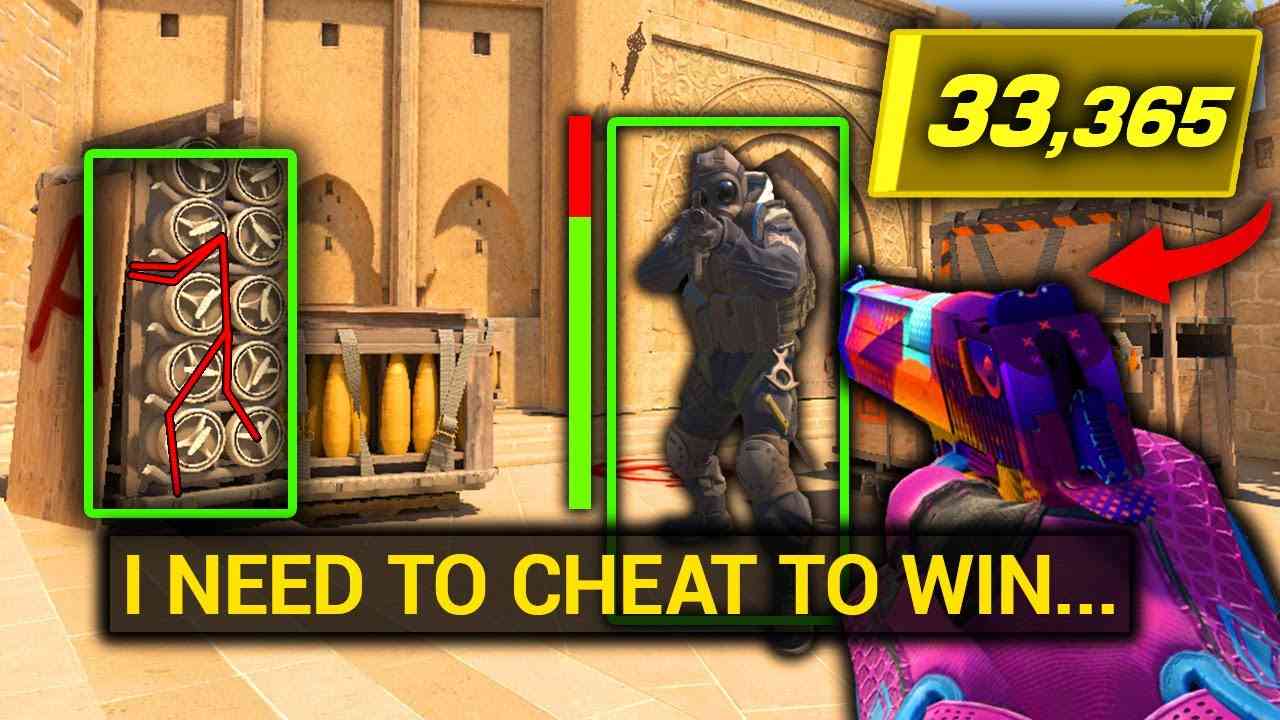
Here are red flags that usually indicate cheating rather than just skill:
- Perfect knowledge of your position — even after switching spots or using utility.
- Instant, consistent headshots the moment you peek.
- Unrealistic performance spikes — for example, a player doing poorly, disconnecting, then suddenly dominating after reconnecting.
- Solo carry behavior — one player repeatedly wiping your team in seconds.
- Suspicious peeking and prefiring — wallhack users line up shots before seeing you.
- Unnatural aim speed — aim-assist or aimbot users snap to heads too quickly for human reaction.
If multiple of these signs are present, you’re likely dealing with a cheater rather than just a smurf or a skilled opponent.
Can You Avoid Cheaters in CS2?
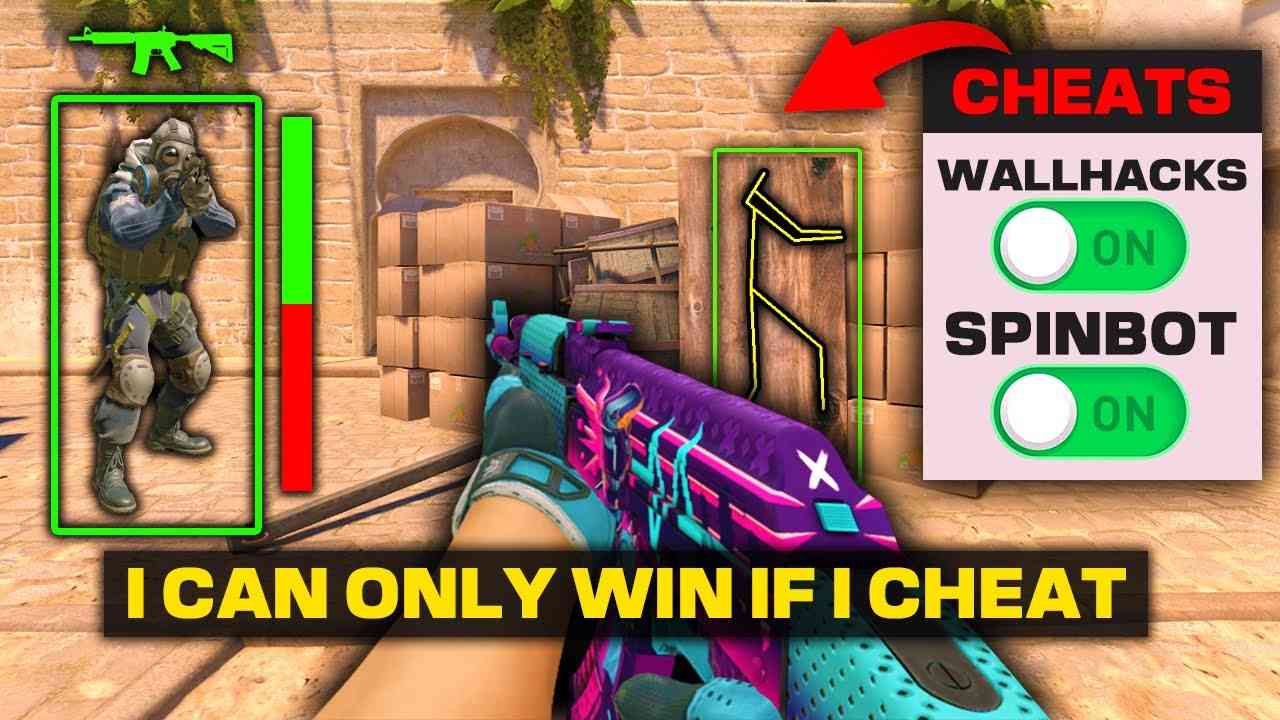
While you can’t completely eliminate the risk of running into cheaters in CS2, you can reduce it significantly. A healthy Trust Factor on your Steam account goes a long way — players with high Trust Factor generally face fewer cheaters and enjoy fairer matchmaking.
Valve’s official matchmaking runs on VAC (Valve Anti-Cheat), which does catch many offenders but isn’t foolproof. VAC bans often happen with a delay, giving cheaters time to play several matches before being flagged. This is especially true for those using private or undetected cheats, which can slip past detection until Valve updates its systems.
For additional insight into practicing safely and improving legitimately, check out Blix’s guide on CS2 Practice Commands & Pro Configs.
Is FACEIT Safer Than Valve Matchmaking?

For players who want a more competitive and fair environment, FACEIT is one of the best alternatives to Valve matchmaking. FACEIT runs its own advanced anti-cheat client (FACEIT AC) that’s far stricter and more proactive at catching cheaters.
On top of that, FACEIT uses a skill-based ELO rating system, ranging from Level 1 up to Level 10 (2000+ ELO), which creates more balanced matches compared to Valve’s Trust Factor system.
Key Benefits of Playing on FACEIT:
- Far fewer cheaters – Strict anti-cheat measures filter out most offenders.
- Faster ban enforcement – Many cheaters are banned within hours, not days.
- ELO protection – If you lose to a confirmed cheater, your rating can be restored.
- Better matchmaking quality – Games feel more competitive and skill-based.
For players who are serious about avoiding cheaters and playing fair, competitive CS2, FACEIT remains the top choice over Valve’s default matchmaking.
Valve’s Response to Cheating
Cheating remains one of the biggest challenges in Counter-Strike 2, and Valve has stepped up its efforts to fight it. Between May 2 and May 5, 2024, Valve reportedly banned thousands of CS2 accounts — an even larger wave than in April. Some of these bans happened mid-match within seconds, showing how quickly VAC can act when a cheat is detected.
For a full breakdown of how Valve’s anti-cheat system functions, check out our detailed guide: VAC Ban in CS2 – How It Works and How to Avoid One. It explains what triggers bans, how VAC detects cheats, and the best ways to keep your account safe.
Evolving Anti-Cheat Measures in 2025
As of 2025, Valve continues to expand its anti-cheat strategy with several layers of protection:
- VAC system – Detects and bans players using third-party cheating software.
- Behavioral rating system – Tracks player conduct and influences Trust Factor matchmaking.
- Phone number verification – Reduces smurfing and multiple account abuse.
- Akros anti-cheat tool – Used in the RMR open qualifiers (Jan 8–17, 2024), where more than 30 players were banned.

Akros drew attention after tweeting that cheating was “utterly and completely out of control” before deleting the post following community backlash.
One of the most notable cases came when Akros issued a ban on Joel “joel” Holmlund, just hours before an official match. The flagged cheats included ESP, Aimbot, and Triggerbot, leading to his immediate removal from his team’s roster.
FACEIT vs. Valve’s Efforts
While Valve’s systems are improving, many players argue that FACEIT offers more reliable protection. Its dedicated anti-cheat client and faster ban system mean cheaters are usually removed more quickly — and bans are permanent.
What to Do if You Encounter a Cheater in CS2
Running into a cheater can be frustrating, but there are still ways to fight back and minimize their impact on the match.
How to Play Against Cheaters
- Wallhack users – Avoid slow, predictable plays. Don’t hold Shift too much, and use prefires or aggressive pushes to catch them off guard.
- Aimbot users – Group up with teammates (2–3 at once) to overwhelm them. Even powerful cheats struggle against coordinated attacks.
- General strategy – Stay positive, play as a team, and adapt your tactics. While you may not always win, teamwork can sometimes neutralize even blatant cheaters.
How to Report a Cheater in CS2
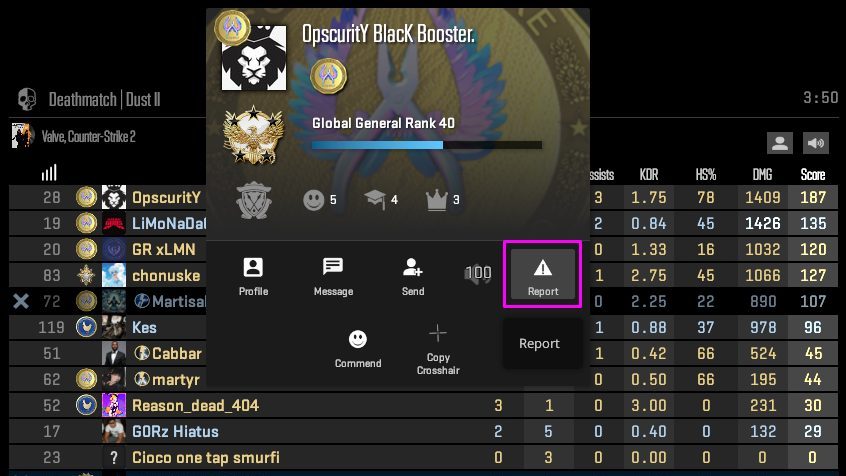
Reporting is the most effective way to fight cheating, since Valve relies on community reports to improve the Trust Factor and feed into the VAC systems. Even if you’re not 100% sure, it’s better to report than stay silent.
Follow these steps to report a suspicious player:
- Press Tab to open the scoreboard.
- Right-click on the suspicious player’s name.
- Select “Report”.

- Choose the suspected cheats (e.g., wallhack, aimbot, scripting).
- Click Submit to send the report for review.
Long-Term Outlook: Will CS2 Ever Be Cheat-Free?
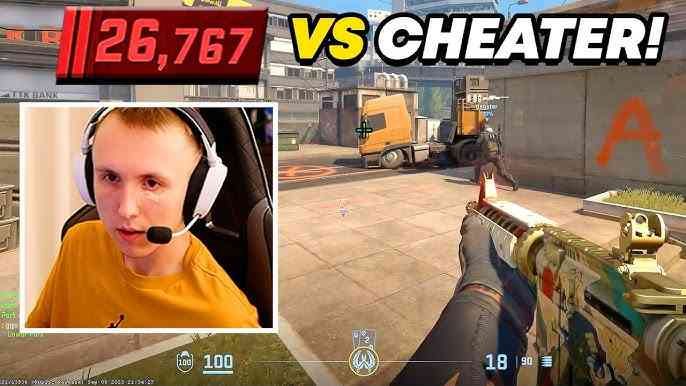
Despite Valve’s ongoing efforts — from VAC updates to frequent ban waves — cheating in CS2 remains a persistent issue. Ban waves create temporary relief, but gaps between them often allow cheaters to slip back into matchmaking.
The removal of the Overwatch system (manual community reviews) has also made it harder to catch subtle cheaters quickly. Many players believe that a revamped Overwatch could help restore community-driven moderation, and Valve may consider bringing it back in a future update.
Still, progress is being made. New tools like Akros, upgrades to VAC, and stricter measures such as phone number verification continue to raise the barrier for cheaters. These improvements, combined with consistent player reporting, keep pushing CS2 toward a fairer environment.
While a completely cheat-free Counter-Strike may never be realistic, the trajectory is promising — and every update brings the game closer to that goal.
The CS2 cheating problem isn’t just numbers and ban waves — it’s something players encounter daily. On forums like Steam Community and Reddit, entire threads are dedicated to reporting suspicious behavior and discussing the state of matchmaking.
The frustration is clear from popular community discussions, with recurring thread titles such as:
This sentiment aligns with Valve’s own data. For example, between May 2–5, 2024, Valve banned around 1,500 CS2 accounts — more than in the April wave. Some of these bans happened mid-match within seconds, showing that VAC can act quickly when a cheat is detected.
For many players who only have time for a match or two a day, running into cheaters makes CS2 feel unfair and discouraging. This constant frustration fuels the community’s demand for stronger anti-cheat solutions.
FAQ: CS2 Cheating in 2025
Why does CS2 still have cheaters?
CS2 remains vulnerable because cheats evolve quickly, and Valve’s VAC system often requires time to detect and ban offenders. The highly competitive nature of CS2 also motivates players to cheat for rank and skin advantages.
What is the best way to spot a cheater in CS2?
Common signs include players who always know your position, land instant headshots every peek, or dramatically improve performance mid-match. Tools like CSWatch and Leetify can also help analyze suspicious accounts outside the game.
Can I avoid cheaters in CS2 matchmaking?
You can reduce your chances by keeping a high Trust Factor, staying verified, and avoiding toxic behavior. However, for the most reliable experience, platforms like FACEIT or ESEA offer stricter anti-cheat and better matchmaking.
Is FACEIT safer than Valve matchmaking?
Yes. FACEIT uses its own advanced anti-cheat client (FACEIT AC) and bans offenders much faster than VAC. It also has an ELO ranking system that ensures fairer and more balanced matches.
Conclusion: Fighting CS2 Cheaters in 2025
Cheating in Counter-Strike 2 is still a frustrating reality in 2025, but Valve’s VAC updates, new tools like Akros, and stricter verification are slowly making a difference. While the game may never be completely cheat-free, the situation is improving with every update and ban wave.
The most effective way players can help is simple: always report suspicious behavior, keep your Trust Factor healthy, and support fair play. If you’re looking for a cleaner, more competitive experience, consider playing on third-party platforms like FACEIT or ESEA, where anti-cheat systems are stricter and bans are enforced faster.




